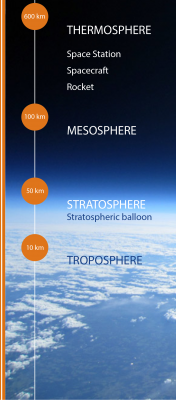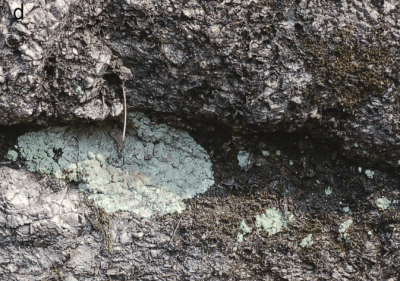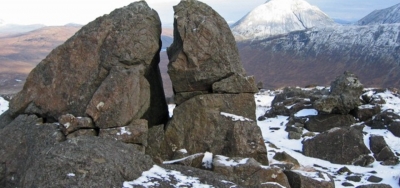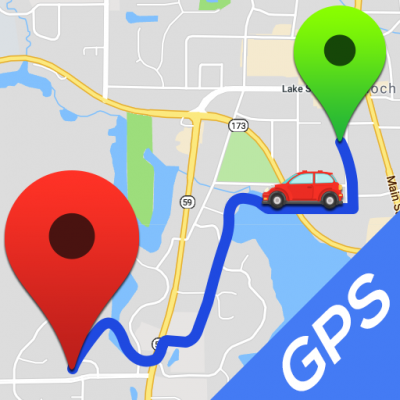
| Yes, the atmosphere has five layers. The lowest layer, closest to the surface of the Earth, is the troposphere. This is where weather is made, and most of the atmosphere’s gases are concentrated in it. Above it is the Stratosphere. No winds blow in this layer, nor are there any clouds. Beyond it lies the cold mesosphere, with very few gases. It is followed by the thermosphere, the thickest and hottest layer of the atmosphere, and lastly, the exosphere, on the edge of outer space. |
Earth’s atmosphere is all around us. Most people take it for granted. Among other things, it shields us from radiation and prevents our precious water from evaporating into space. It keeps the planet warm and provides us with oxygen to breathe. In fact, the atmosphere makes Earth the livable, lovable home sweet home that it is.
The atmosphere extends from Earth’s surface to more than 10,000 kilometers (6,200 miles) above the planet. Those 10,000 kilometers are divided into five distinct layers. From the bottom layer to the top, the air in each has the same composition. But the higher up you go, the further apart those air molecules are.
Troposphere: Earth’s surface to between 8 and 14 kilometers (5 and 9 miles)
This lowest layer of the atmosphere starts at the ground and extends 14 kilometers (9 miles) up at the equator. That’s where it’s thickest. It’s thinnest above the poles, just 8 kilometers (5 miles) or so. The troposphere holds nearly all of Earth’s water vapor. It’s where most clouds ride the winds and where weather occurs. Water vapor and air constantly circulate in turbulent convection currents. Not surprisingly, the troposphere also is by far the densest layer. It contains as much as 80 percent of the mass of the whole atmosphere. The further up you go in this layer, the colder it gets.
Stratosphere: 14 to 64 km (9 to about 31 miles)
Unlike the troposphere, temperatures in this layer increase with elevation. The stratosphere is very dry, so clouds rarely form here. It also contains most of the atmosphere’s ozone, triplet molecules made from three oxygen atoms. At this elevation, ozone protects life on Earth from the sun’s harmful ultraviolet radiation. It’s a very stable layer, with little circulation. For that reason, commercial airlines tend to fly in the lower stratosphere to keep flights smooth. This lack of vertical movement also explains why stuff that gets into in the stratosphere tends to stay there for a long time. That “stuff” might include aerosol particles shot skyward by volcanic eruptions, and even smoke from wildfires. This layer also has accumulated pollutants, such as chlorofluorocarbons. Better known as CFCs, these chemicals can destroy the protective ozone layer, thinning it greatly. By the top of the stratosphere, called the stratopause, air is only a thousandth as dense as at Earth’s surface.
Mesosphere: 64 to 85 km (31 to 53 miles)
Scientists don’t know quite as much about this layer. It’s just harder to study. Airplanes and research balloons don’t operate this high and satellites orbit higher up. We do know that the mesosphere is where most meteors harmlessly burn up as they hurtle towards Earth.
The mesopause is also known as the Karman line. It’s named for the Hungarian-born physicist Theodore von Kármán. He was looking to determine the lower edge of what might constitute outer space. He set it at about 80 kilometers (50 miles) up.
The ionosphere is a zone of charged particles that extends from the upper stratosphere or lower mesosphere all the way to the exosphere. The ionosphere is able to reflect radio waves; this allows radio communications.
Thermosphere: 85 to 600 km (53 to 372 miles)
The next layer up is the thermosphere. It soaks up x-rays and ultraviolet energy from the sun, protecting those of us on the ground from these harmful rays. The ups and downs of that solar energy also make the thermosphere vary wildly in temperature. It can go from really cold to as hot as about 1,980 ºC (3,600 ºF) near the top. The sun’s varying energy output also causes the thickness of this layer to expand as it heats and to contract as it cools. With all the charged particles, the thermosphere is also home to those beautiful celestial light shows known as auroras. This layer’s top boundary is called the thermopause.
Exosphere: 600 to 10,000 km (372 to 6,200 miles)
The uppermost layer of Earth’s atmosphere is called the exosphere. Its lower boundary is known as the exobase. The exosphere has no firmly defined top. Instead, it just fades further out into space. Air molecules in this part of our atmosphere are so far apart that they rarely even collide with each other. Earth’s gravity still has a little pull here, but just enough to keep most of the sparse air molecules from drifting away. Still, some of those air molecules — tiny bits of our atmosphere — do float away, lost to Earth forever.
Credit: Science news for students
Picture credit: Google






